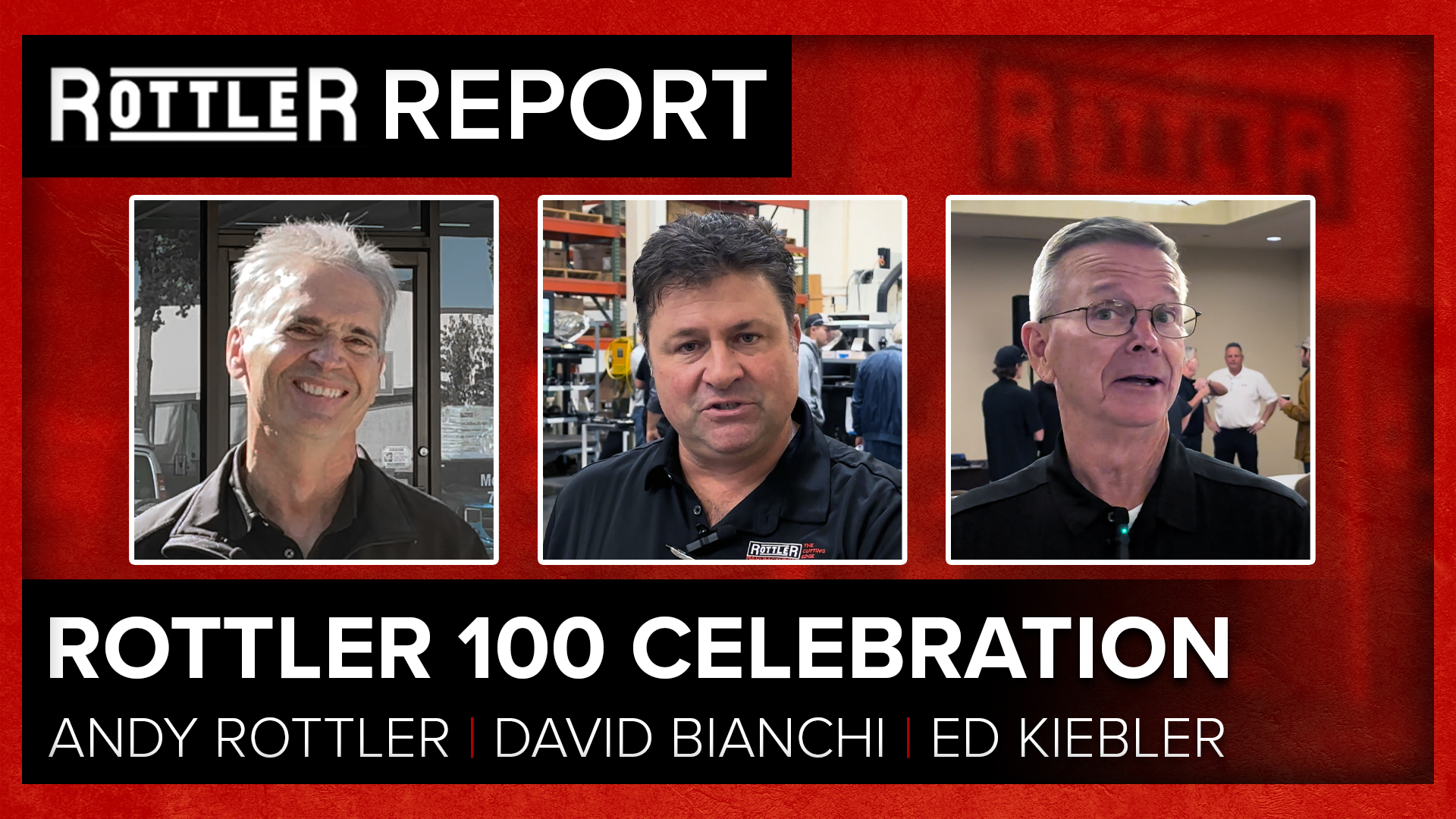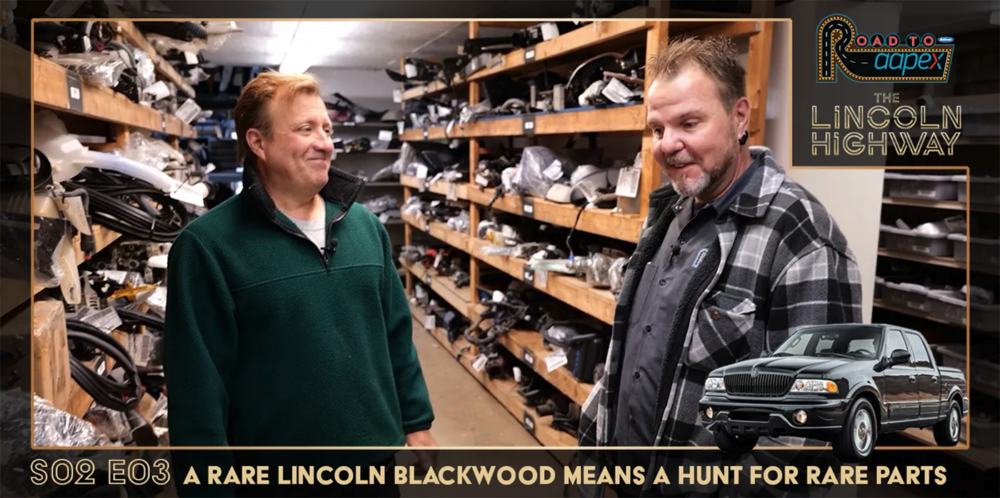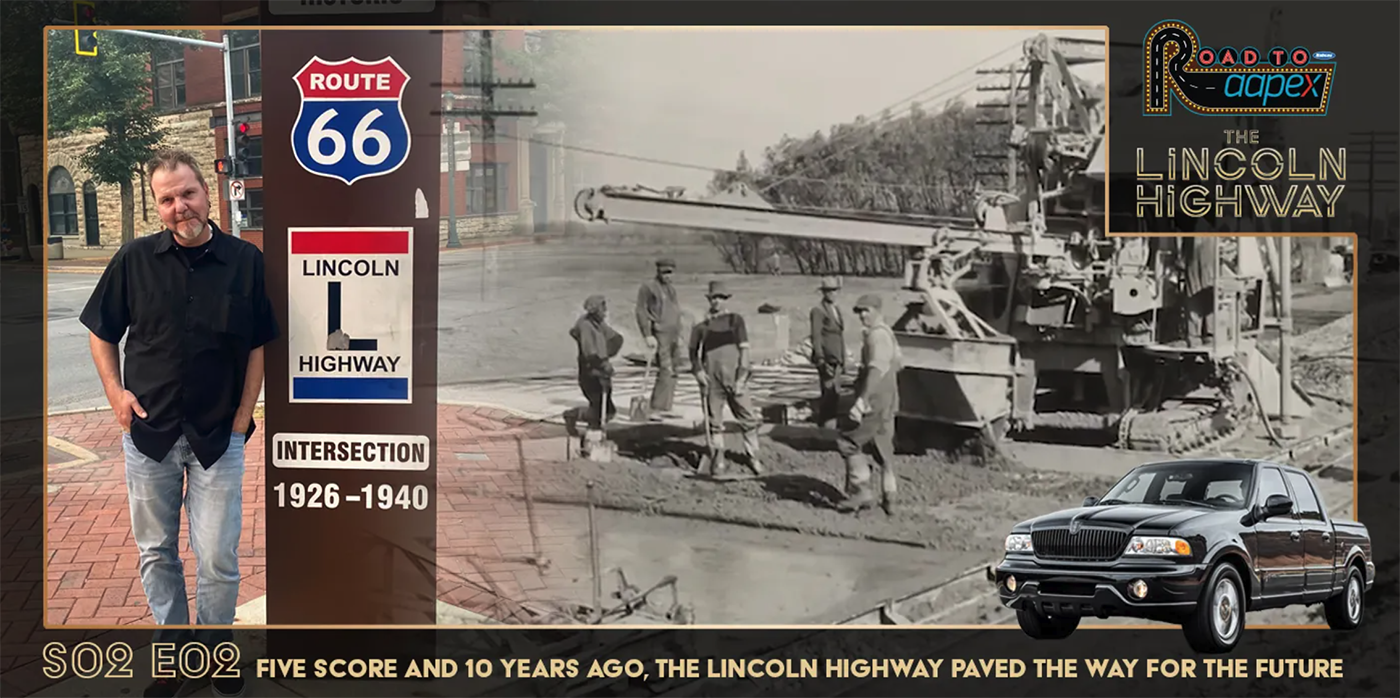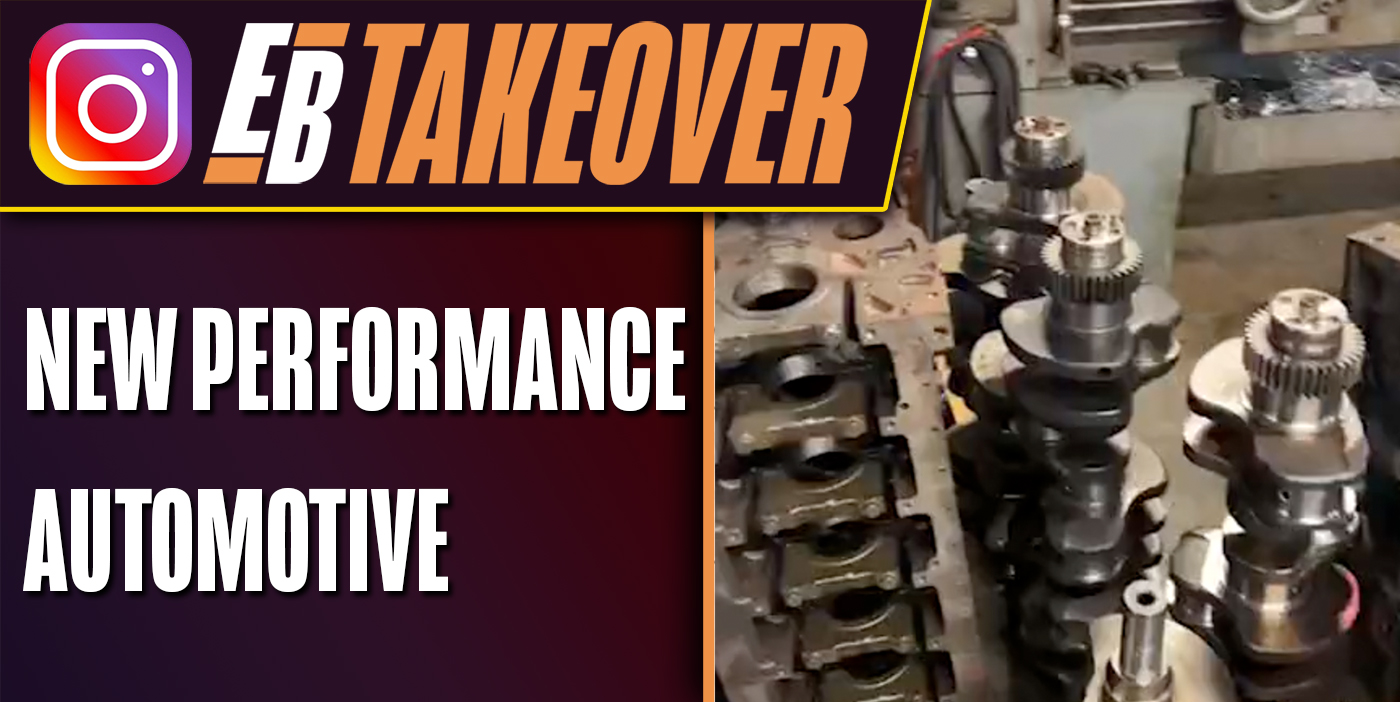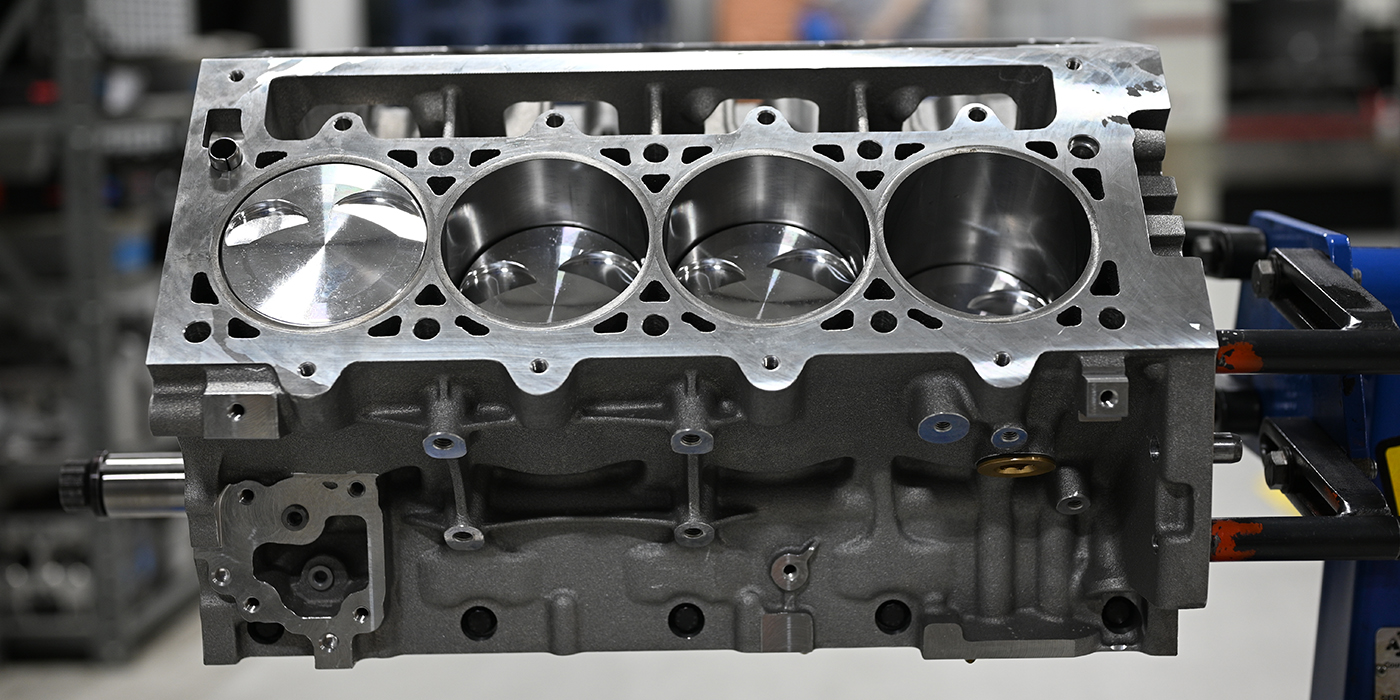The Industry has changed, so should you.
“One picture I posted got 7,600 likes, it reached 112,000 people, I got 982 profile visits from that post, 758 people saved it, and 208 people sent it to other people,” says Aaron Yaghoubian, owner of Arlington Machine in Riverside, CA, talking about an Instagram photo he shared in August of an Evo 8 short block project. “You can’t beat it. Some engine builders are over here crying, but they don’t want to use something that’s free. They have the device in their hand, now download the app and do it.”
That’s Aaron Yaghoubian’s take on Instagram today. He has nearly 24,000 Instagram followers of his @arlington_machine account and has posted more than 1,100 photos and videos of his engine work. But just five years ago, Arlington Machine had no customers. As a young shop owner, Aaron turned to social media.
“When we started, we had no business at all… that’s when I started using Instagram,” Yaghoubian says. “Back then I didn’t know a lot about social media, but it works for business really well, and especially the automotive industry on Instagram.”
Aaron started by posting photos and videos to Instagram that showcased the work he could do at Arlington Machine. Utilizing hashtags and tagging other accounts were two ways he ensured his content got seen.
Hashtags are essentially categories on Instagram. People follow hashtags of interest to them. For our industry, some good hashtags revolve around engine platforms, car models, engine parts and so on.
“I always tell people who are trying to get into it to make a few hashtags for their shop and put them on their profile,” he says. “I have my customers now hashtag me in every single one of their posts. If they do that, more people see it.”
Another worthy tactic is to set up a business account versus a personal account when you start, as we suggested in our August issue.
“The biggest thing for me was switching to a business account,” Yaghoubian says. “It started giving me stats of when people were looking at my stuff, what age groups, what time of day, where people were located, etc. That helped me pinpoint when I should post. I was doing three posts a day within a certain window. Within a few months, I got 10,000 followers and I was flooded with work.”
Arlington Machine went from no customers to having too much work to keep up with. Now, five years later, Aaron is still enjoying solid work flow driven directly from Instagram.
“It’s definitely helped me a lot,” he says. “I’ll do up some Audi heads and post them on Instagram using #Audi this and that, and within a month I’ll be flooded with Audi stuff. It’s social media. It’s unbelievable. I get so many messages, I can hardly keep up with it.”
What can you do to get Instagram to create more work for your shop? Yaghoubian suggests stop making excuses and go for it.
“A lot of people are just scared,” he says. “There are a lot of shops out there doing some amazing stuff, but they are dead and have no work because they are on some high horse about social media. You just have to bite the bullet and do it. Social media is pretty user friendly now.”
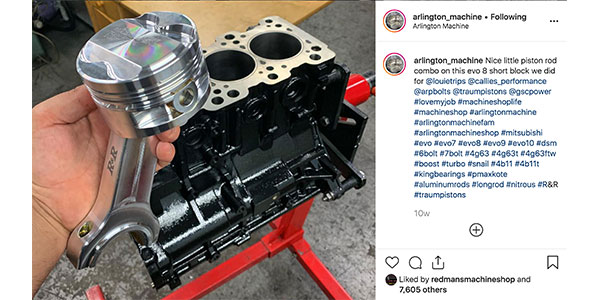
Everyone’s experience on Instagram will differ and you’ll find certain things work or won’t work. The key is to try it and stay at it. If you do, you’ll find social media is the new word of mouth.
“The industry is not like it used to be,” he says. “You need to put your name out there.”
And simply having the followers isn’t the goal – put in the work to build your Instagram and you’ll earn an engaged and devoted audience, which will drive your business to another level.

